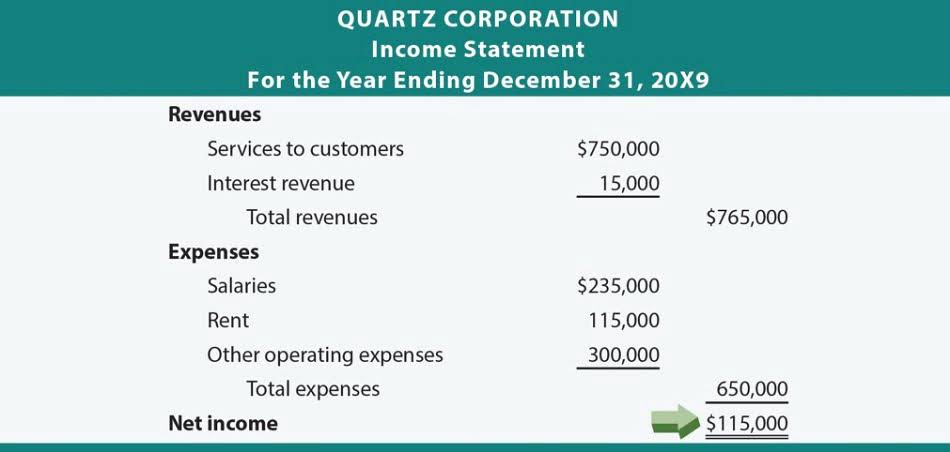How to Calculate Manufacturing Overhead: A Practical Guide for Engineers

The overhead is attributed Budgeting for Nonprofits to a product or service on the basis of direct labor hours, machine hours, direct labor cost, etc. The overhead absorption rate is calculated to include the overhead in the cost of production of goods and services. It’s used to define the amount to be debited for indirect labor, material, and other indirect expenses for production to the work in progress. The overhead absorption rate is a company’s indirect cost of goods and services, including all indirect costs, such as indirect labor hours, machine hours, etc., contributing to producing products or services. The overhead rate is significant because it helps bridge the gap between direct labor costs and the total cost of production.
Overhead Rate Calculator Find Your Overhead Cost Percentage

The cost of the corporate headquarters is an example of an overhead expense that isn’t directly tied to output. Often, explanation of this variance will need clarification from the production supervisor. Another variable overhead variance to consider is the variable overhead efficiency variance.
Steps to Calculate Manufacturing Overhead

This means that as far as fixed overheads go it will be assumed to have been made in 5 hours costing $2 per hour. This situation is shown in graph 7 where actual overhead expenditure is the same as budgeted and actual production is 1,000 units. Generally, your company should have an overhead rate of 35% or lower, though this can be higher or lower depending on your circumstances.
- You and Myoverhead.com have absolutely been one of the best decisions I’ve made for my company!
- This represents the total income your business earned from sales or services.
- In this article, the management experts at Sling will answer all your questions about overhead costs and help you get a handle on this important business expense.
- For instance, if the activity base is machine hours, you calculate predetermined overhead rate by dividing the overhead costs by the estimated number of machine hours.
- That is, if the predetermined overhead rate turns out to be inaccurate and the sales and production decisions are made based on this rate, then the decisions will be faulty.
- Overhead costs are expenses that are not directly tied to production such as the cost of the corporate office.
Add up your total revenue over the same timeframe
Using a predetermined overhead rate allows companies to apply manufacturing overhead costs to units produced based on an estimated rate, rather than actual overhead costs. This rate is then used throughout the period and adjusted at year-end if necessary based on actual overhead costs incurred. Since overhead costs cannot be easily traced to individual products like direct material or labor costs, overhead rates help to allocate a fair share of these costs based on the activity of making the product. This allows businesses to capture the full cost of production in their accounting. Commonly, the manufacturing overhead cost for machine hours can be ascertained from the predetermined overhead rate in the manufacturing industry. Further, it is stated that the reason for the same is that overhead is based on estimations and not the actuals.

It will not be enough to simply conclude that more or less was spent than proposed. It is possible that with direct labor and direct material, there are chances that the prices paid by the organization for underlying components diverted from the expectations. And on the other hand, it is also possible that the productive efficiency of a company drove the variances. Total overhead rate formula variable overhead variance in actual is the sum of variable overhead rate variance and a variable overhead efficiency variance.
This rate would then charge $4 of overhead to production for every direct labor hour worked. It allows overhead to be assigned to production based on activity (DLHs), providing insight into profitability across products. Businesses should understand which overhead costs are fixed vs variable when budgeting and setting overhead rates.
That overhead absorption rate is the manufacturing overhead costs per unit, called the cost driver, which is labor costs, normal balance labor hours and machine hours. The predetermined overhead rate allocates estimated total overhead for an accounting period across expected activity or production volume. It is calculated before the period begins and is used to assign overhead costs to production using an allocation rate per unit of activity, such as direct labor hours. These overhead costs involve the manufacturing of a product such as facility utilities, facility maintenance, equipment, supplies, and labor costs. Whereas, the activity base used for the predetermined overhead rate calculation is usually machine hours, direct labor hours, or direct labor costs.


Bir yanıt yazın